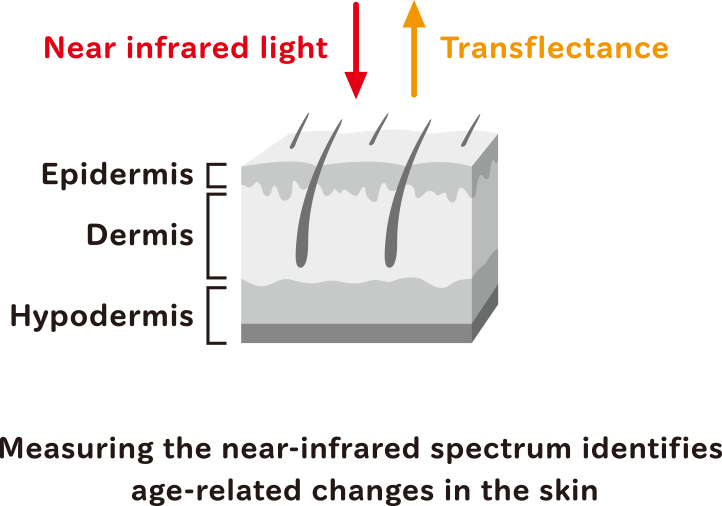
![]()
Monitoring of water state changes in the human body and evaluation of health conditions
Aquaphotomics* is comprehensive analysis of water using non-invasive near-infrared spectroscopy. Scanning a solution or body with near-infrared can provides us information that reveal the dynamics of water molecules.
We aim to understand the relationship between dynamics of water and health through studies in urine and skin.
- *
Aquaphotomics was developed by Professor Tsenkova (Kobe University), a collaborator in this project.
Water can dissolve a variety of substances. Aquaphotomics is a technique that monitors changes in hydrogen bonds between water molecules in aqueous solution.
Near infrared light has a longer wavelength that ultraviolet or visible light, and a shorter wavelength than infrared and far infrared light.
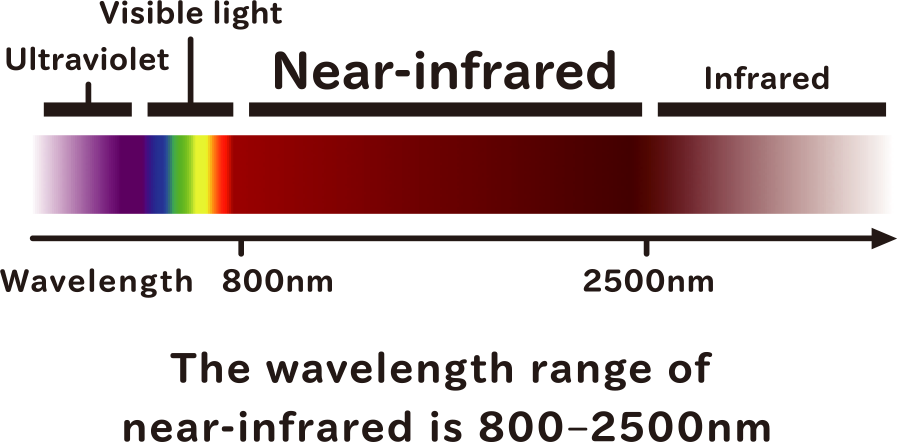
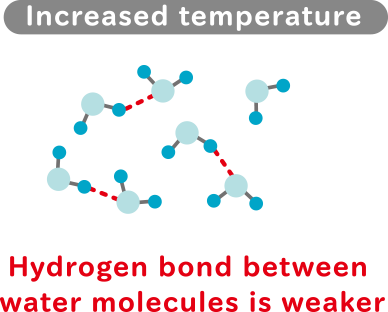
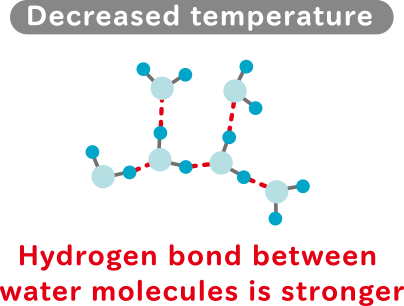
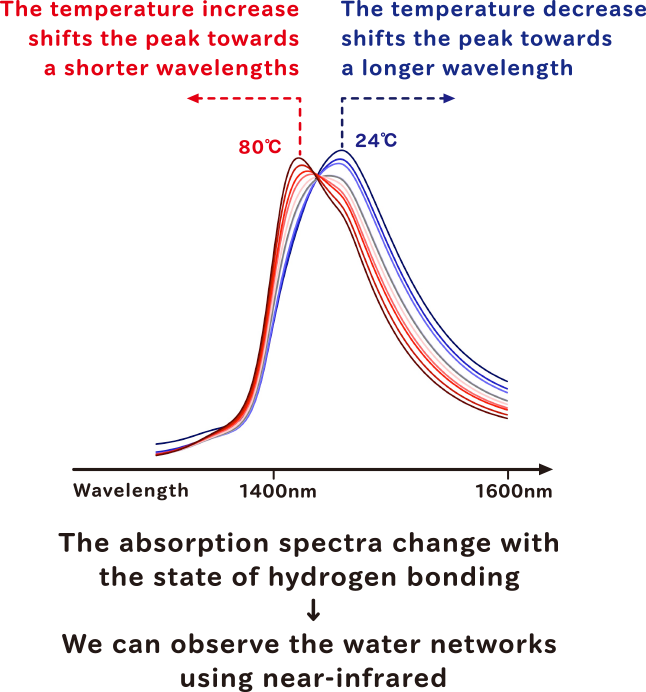
When solute is introduced into water, the rearrangements of water molecules are reflected in spectral pattern. Introduction of many solutes can make the network of water molecules more complex. To clarify it, the effects of each solute are analyzed comprehensively.
In our body system, numerous substances interact intricately with each other. We intend to understand several phenomena in body through monitoring the network of water molecules as a system (water mirror approach).
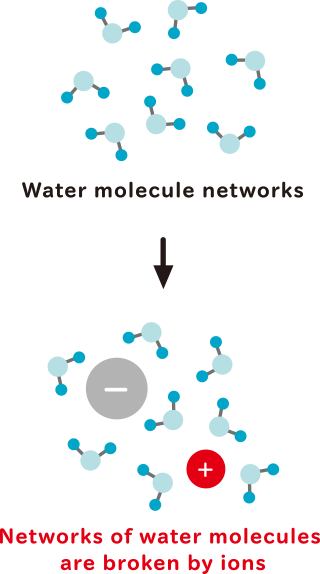
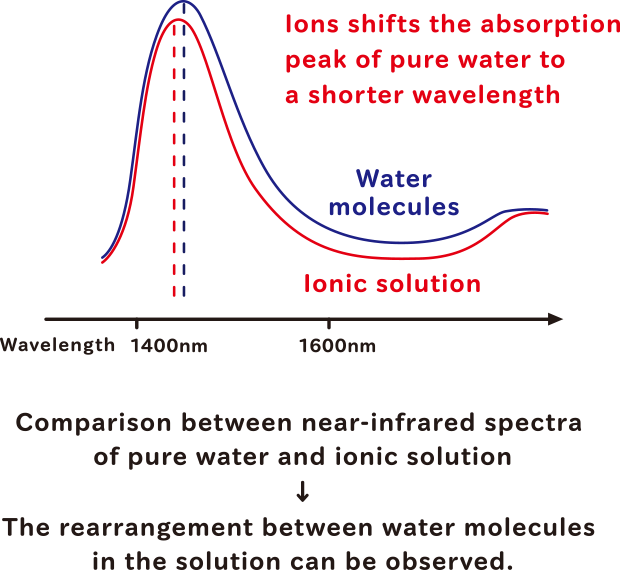
We intend to monitor changes in urine that reflect various dietary, hydration and metabolic states.
Urine is an abundant source of physiologically relevant information. The majority of that information is related to daily variations in diet and water intake, and reflects the individual metabolic state. We intend to diagnose the state of body metabolism, through analysis of NIR spectral patterns of urine water content.
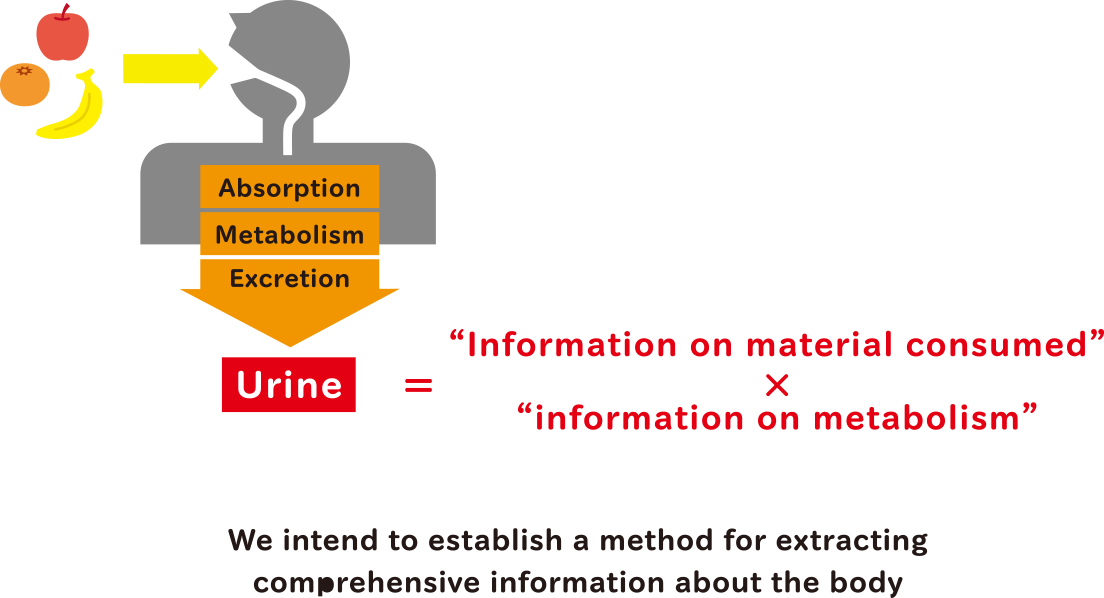
We intend to establish the procedure for quantitative spectroscopic measurement of water content in human skin.
Water content of the skin is related to aging processes, such as decrease in barrier function and elasticity. Many devices and techniques have been developed for measuring the physical properties of the skin, but none can help us understand the relationship between water content and skin condition. Near-infrared light can penetrate the epidermis and dermis of the skin, and help us collect important information about processes in the skin. Since water is the strongest absorber in the NIR region, we expect to accurately estimate transport processes of water within skin.
